Home>Gardening & Outdoor>Landscaping Ideas>When To Plant Kentucky 31 Fescue Grass Seed
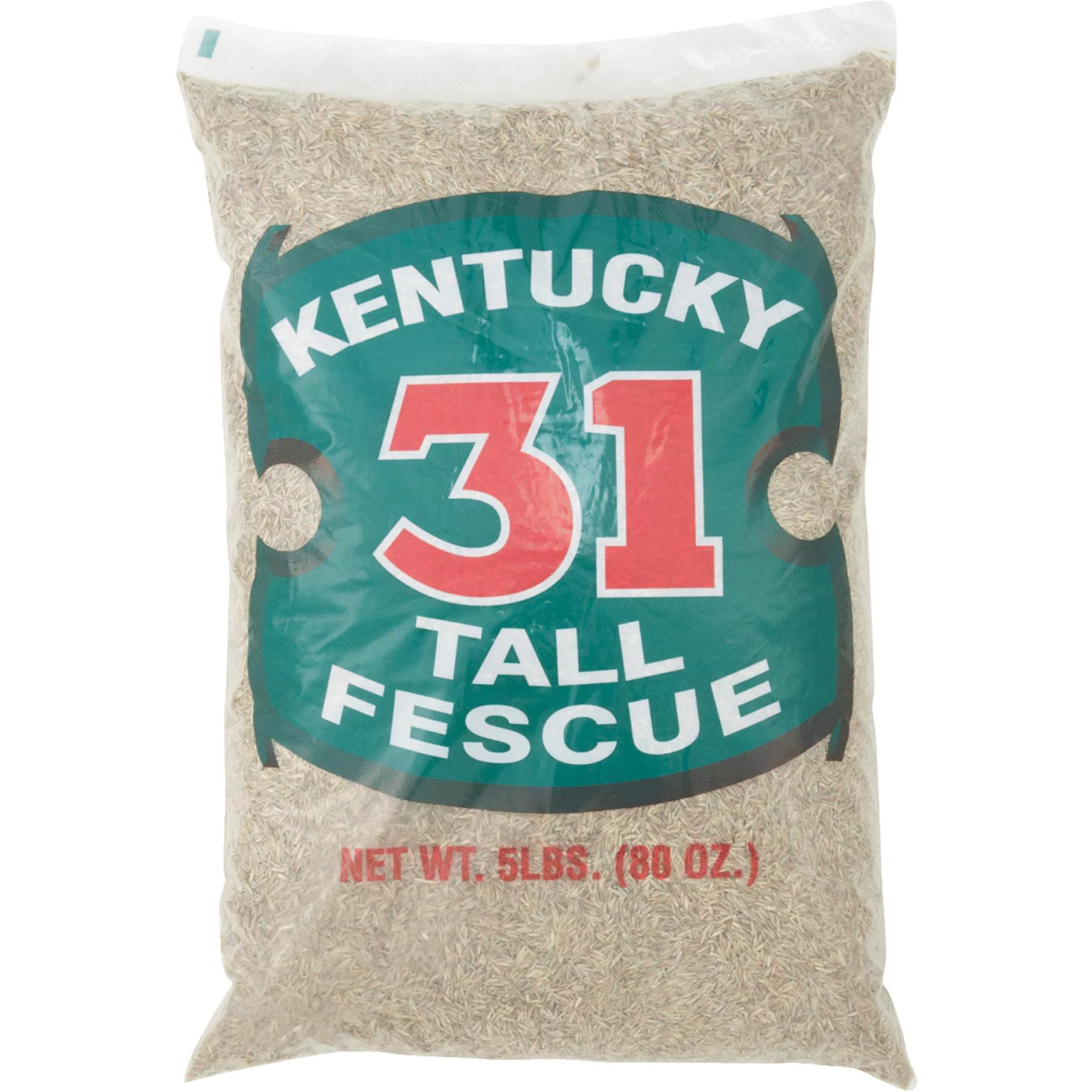

Landscaping Ideas
When To Plant Kentucky 31 Fescue Grass Seed
Modified: April 2, 2024
Discover the best time to plant Kentucky 31 fescue grass seed for your landscaping ideas. Learn expert tips for successful grass seeding.
(Many of the links in this article redirect to a specific reviewed product. Your purchase of these products through affiliate links helps to generate commission for Storables.com, at no extra cost. Learn more)
Introduction
Landscaping can transform a mundane outdoor space into a lush and inviting environment, and a key component of this transformation is the choice of grass seed. When it comes to selecting the right grass seed for your lawn, Kentucky 31 fescue grass seed stands out as a popular and reliable option. Whether you're a seasoned gardener or a novice looking to enhance your outdoor space, understanding the nuances of Kentucky 31 fescue grass seed and the optimal time to plant it is crucial for achieving a thriving and vibrant lawn.
In this comprehensive guide, we will delve into the intricacies of Kentucky 31 fescue grass seed, exploring the factors to consider before planting, the best time to sow the seed, the steps for successful planting, and the essential tips for nurturing and maintaining a healthy lawn. By the end of this journey, you will be equipped with the knowledge and confidence to cultivate a verdant and resilient lawn using Kentucky 31 fescue grass seed.
So, let's embark on this green-fingered adventure and uncover the secrets of cultivating a thriving lawn with Kentucky 31 fescue grass seed.
Key Takeaways:
- Plant Kentucky 31 fescue grass seed in late summer to early fall for optimal growth. Consider climate, soil quality, and sunlight exposure for a thriving lawn.
- Care for Kentucky 31 fescue grass seed by watering, mowing, fertilizing, and monitoring. Embrace the journey of cultivating a resilient and lush outdoor space.
Read more: What Is Kentucky 31 Grass Seed
Understanding Kentucky 31 Fescue Grass Seed
Kentucky 31 fescue grass seed, scientifically known as Festuca arundinacea, is a cool-season grass variety renowned for its adaptability and resilience. This grass seed is a popular choice for lawns, pastures, and erosion control due to its robust nature and ability to thrive in diverse conditions. It is particularly well-suited for regions with cold winters and hot summers, making it a versatile option for many homeowners and landscapers.
One of the defining characteristics of Kentucky 31 fescue grass seed is its deep root system, which enables it to withstand drought conditions and provides excellent soil stability. This makes it an ideal choice for areas prone to erosion, as the dense root network helps anchor the soil, preventing runoff and preserving the integrity of the landscape.
Furthermore, Kentucky 31 fescue grass seed exhibits impressive tolerance to foot traffic, making it an excellent choice for lawns that experience frequent activity. Its ability to recover from wear and tear sets it apart as a durable and low-maintenance option for high-traffic areas.
When it comes to aesthetics, Kentucky 31 fescue grass seed boasts a rich, emerald-green hue that adds a touch of elegance to any outdoor space. Its fine texture and lush appearance make it an attractive choice for creating visually appealing lawns and landscapes.
Additionally, this grass seed is known for its moderate growth rate, requiring less frequent mowing compared to some other grass varieties. This can be a significant advantage for homeowners seeking to minimize the time and effort spent on lawn maintenance while still enjoying a verdant and well-kept lawn.
Overall, Kentucky 31 fescue grass seed is a resilient, adaptable, and visually appealing option for creating vibrant lawns and landscapes. Its ability to thrive in various conditions, withstand heavy use, and contribute to soil stability makes it a popular choice for homeowners and landscapers seeking a reliable and low-maintenance grass seed.
Factors to Consider Before Planting
Before embarking on the journey of planting Kentucky 31 fescue grass seed, it’s essential to consider several factors to ensure the successful establishment and long-term health of your lawn. By carefully evaluating these elements, you can make informed decisions and set the stage for a thriving and resilient lawn.
- Climate and Region: Assessing the climate and region where you intend to plant Kentucky 31 fescue grass seed is crucial. This grass seed thrives in regions with cold winters and hot summers, making it well-suited for areas with a transition zone climate. Understanding your local climate and soil conditions will help determine the suitability of Kentucky 31 fescue grass seed for your lawn.
- Soil Quality: Evaluating the quality and composition of your soil is paramount. Kentucky 31 fescue grass seed prefers well-drained soil and can tolerate a range of soil types, including clay and loamy soils. Conducting a soil test to assess pH levels and nutrient content can guide you in making any necessary amendments to optimize soil conditions for successful seed germination and growth.
- Sunlight Exposure: Consider the sunlight exposure in your lawn area. While Kentucky 31 fescue grass seed is known for its adaptability to partial shade, it generally thrives in full sun. Assess the amount of sunlight your lawn receives throughout the day to determine the most suitable areas for planting the grass seed.
- Maintenance Preferences: Understanding your maintenance preferences and lifestyle is essential. Kentucky 31 fescue grass seed is prized for its low-maintenance nature, requiring minimal watering and mowing. If you seek a grass variety that demands less upkeep while retaining its lush appearance, Kentucky 31 fescue grass seed may align with your maintenance preferences.
- Intended Use: Consider the intended use of the lawn area. Whether it’s a residential lawn, a play area for children and pets, or a landscape feature, understanding the primary use of the lawn will influence the suitability of Kentucky 31 fescue grass seed, given its resilience to foot traffic and wear.
By carefully considering these factors before planting Kentucky 31 fescue grass seed, you can make informed decisions tailored to your specific landscape and preferences, setting the stage for a lush, resilient, and visually appealing lawn.
Best Time to Plant Kentucky 31 Fescue Grass Seed
Timing is crucial when it comes to planting Kentucky 31 fescue grass seed, as it directly impacts the success of seed germination and the establishment of a healthy lawn. Understanding the optimal time to sow the seed is essential for harnessing the full potential of this resilient grass variety and ensuring its long-term vitality.
Ideally, the best time to plant Kentucky 31 fescue grass seed is during the late summer to early fall months. This timeframe aligns with the cool-season nature of the grass seed and allows it to take advantage of favorable environmental conditions for robust growth. Planting during this period offers several key advantages:
- Optimal Soil Temperature: Late summer and early fall typically provide favorable soil temperatures for seed germination and root development. The soil is warm enough to support germination while still retaining moisture from the summer months, creating an ideal environment for the initial growth stages of Kentucky 31 fescue grass seed.
- Moderate Weather Conditions: The transition from summer to fall often brings moderate weather conditions, including cooler temperatures and increased moisture, which are conducive to seed establishment. These conditions help minimize stress on the emerging seedlings and support healthy growth during the critical early stages.
- Reduced Weed Competition: Planting Kentucky 31 fescue grass seed in late summer to early fall can help minimize competition from annual weeds, which are often less prevalent during this time. This gives the grass seedlings a better opportunity to establish themselves without being overshadowed by aggressive weed growth.
While late summer to early fall is the optimal window for planting Kentucky 31 fescue grass seed, it’s important to be mindful of local climate variations and specific regional considerations. Factors such as frost dates, temperature trends, and precipitation patterns in your area should be taken into account to fine-tune the timing of planting for the best results.
By strategically timing the planting of Kentucky 31 fescue grass seed during the late summer to early fall period and considering local climate nuances, you can maximize the potential for a robust and thriving lawn, setting the stage for a verdant outdoor space that will be enjoyed for years to come.
Plant Kentucky 31 Fescue grass seed in the fall, between late August and early October. This allows the seed to establish before winter and thrive in the spring.
Steps for Planting Kentucky 31 Fescue Grass Seed
Planting Kentucky 31 fescue grass seed is a rewarding endeavor that can lead to the establishment of a lush and resilient lawn. By following a series of well-defined steps, you can ensure the successful germination and growth of the grass seed, setting the stage for a vibrant outdoor space. Let’s explore the essential steps for planting Kentucky 31 fescue grass seed and nurturing its development:
- Prepare the Soil: Begin by preparing the soil in the intended planting area. Clear the area of debris, rocks, and existing vegetation. Loosen the soil to a depth of approximately 2-3 inches to create a favorable environment for seed germination and root development.
- Conduct a Soil Test: It’s advisable to conduct a soil test to assess the pH levels and nutrient content of the soil. Based on the test results, make any necessary amendments to optimize the soil conditions for the successful establishment of Kentucky 31 fescue grass seed.
- Sow the Seed: Distribute the Kentucky 31 fescue grass seed evenly across the prepared soil using a broadcast spreader or by hand. Aim for a seeding rate of approximately 6-8 pounds per 1,000 square feet for new lawns and 3-5 pounds per 1,000 square feet for overseeding existing lawns.
- Rake and Press: After sowing the seed, gently rake the soil to cover the seeds to a depth of around ¼ to ½ inch. This will help ensure proper seed-to-soil contact, which is essential for successful germination. Lightly press or roll the soil to further enhance seed-to-soil contact without burying the seeds too deeply.
- Water Thoroughly: Water the newly seeded area thoroughly immediately after planting. Keep the soil consistently moist, but not waterlogged, to support seed germination and early growth. Depending on weather conditions, light and frequent watering may be necessary to prevent the soil from drying out.
- Maintain Moisture and Monitor Growth: Continue to monitor the soil moisture levels and ensure that the seeded area remains consistently moist until the grass seedlings have established. This may involve adjusting the watering frequency based on weather conditions to provide optimal growing conditions.
- Implement a Fertilization Plan: Once the grass seedlings have developed and established a strong root system, consider implementing a fertilization plan to provide essential nutrients for continued growth and vitality.
By diligently following these steps for planting Kentucky 31 fescue grass seed and providing attentive care during the critical early stages, you can foster the development of a resilient and visually appealing lawn that will enrich your outdoor environment for years to come.
Read more: When To Plant Fescue Grass Seed
Caring for Kentucky 31 Fescue Grass Seed
After planting Kentucky 31 fescue grass seed, providing attentive care and maintenance is essential for nurturing its growth and ensuring the long-term health and vitality of your lawn. By implementing a comprehensive care regimen, you can support the development of a lush and resilient lawn that will enhance your outdoor space. Let’s explore the key aspects of caring for Kentucky 31 fescue grass seed:
- Watering: Proper watering is crucial, especially during the initial stages of growth. Keep the seeded area consistently moist by providing light and frequent watering, particularly in the absence of significant rainfall. As the grass seedlings develop, gradually transition to deeper, less frequent watering to encourage robust root development.
- Mowing: Once the grass reaches a height of approximately 3-4 inches, it can be mowed for the first time. Set the mower at a height of around 2-3 inches to maintain the ideal length for Kentucky 31 fescue grass. Regular mowing, as needed, will help promote a dense and healthy lawn while controlling weed growth.
- Fertilization: Consider implementing a fertilization schedule to provide essential nutrients for the grass. A balanced fertilizer formulated for cool-season grasses can support vigorous growth and overall lawn health. Apply fertilizer according to the specific needs of your lawn, considering factors such as soil quality and previous soil tests.
- Weed Control: Vigilant weed control is important to prevent invasive species from competing with the grass seedlings. Regularly inspect the lawn for weeds and implement targeted control measures as needed. Additionally, maintaining a healthy and dense lawn through proper care practices can naturally suppress weed growth.
- Aeration and Dethatching: Periodic aeration and dethatching can benefit the overall health of the lawn. Aerating the soil helps alleviate compaction and improve air and water penetration, while dethatching removes built-up organic debris, allowing the grass to thrive and access essential resources.
- Monitoring and Adjusting: Continuously monitor the health and growth of the lawn, making adjustments to your care regimen as needed. Pay attention to any signs of stress, disease, or nutrient deficiencies, and take proactive measures to address issues and support the long-term vitality of the grass.
By embracing a holistic approach to caring for Kentucky 31 fescue grass seed, encompassing attentive watering, proper mowing, strategic fertilization, weed control, and proactive monitoring, you can cultivate a vibrant and enduring lawn that will enrich your outdoor landscape with its lush greenery and resilience.
Conclusion
Embarking on the journey of planting and nurturing Kentucky 31 fescue grass seed offers a rewarding opportunity to cultivate a resilient and visually captivating lawn. By understanding the unique characteristics of this grass variety and adhering to best practices for planting and care, you can transform your outdoor space into a thriving green oasis that enhances the beauty and functionality of your landscape.
Throughout this guide, we have explored the versatility and resilience of Kentucky 31 fescue grass seed, highlighting its adaptability to diverse climates, soil conditions, and maintenance preferences. Its deep root system, tolerance to foot traffic, and lush appearance make it an attractive choice for homeowners and landscapers seeking a low-maintenance yet visually appealing grass option.
Furthermore, we have delved into the critical factors to consider before planting, emphasizing the importance of assessing climate, soil quality, sunlight exposure, and intended use to make informed decisions tailored to your specific landscape and preferences. Understanding the best time to plant Kentucky 31 fescue grass seed, typically during late summer to early fall, is essential for harnessing favorable environmental conditions and maximizing the potential for successful establishment and growth.
By following the prescribed steps for planting and caring for Kentucky 31 fescue grass seed, including soil preparation, proper watering, mowing, fertilization, and vigilant maintenance, you can foster the development of a vibrant and enduring lawn that enriches your outdoor environment with its resilience and lush greenery.
As you embark on this green-fingered journey, remember that the care and attention you invest in nurturing your lawn with Kentucky 31 fescue grass seed will yield a bountiful harvest of natural beauty and tranquility, providing a serene and inviting outdoor space for relaxation, recreation, and enjoyment for years to come.
So, embrace the art of cultivating a thriving lawn with Kentucky 31 fescue grass seed, and witness the transformation of your outdoor landscape into a verdant haven that reflects the harmony between nature and human craftsmanship.
Frequently Asked Questions about When To Plant Kentucky 31 Fescue Grass Seed
Was this page helpful?
At Storables.com, we guarantee accurate and reliable information. Our content, validated by Expert Board Contributors, is crafted following stringent Editorial Policies. We're committed to providing you with well-researched, expert-backed insights for all your informational needs.
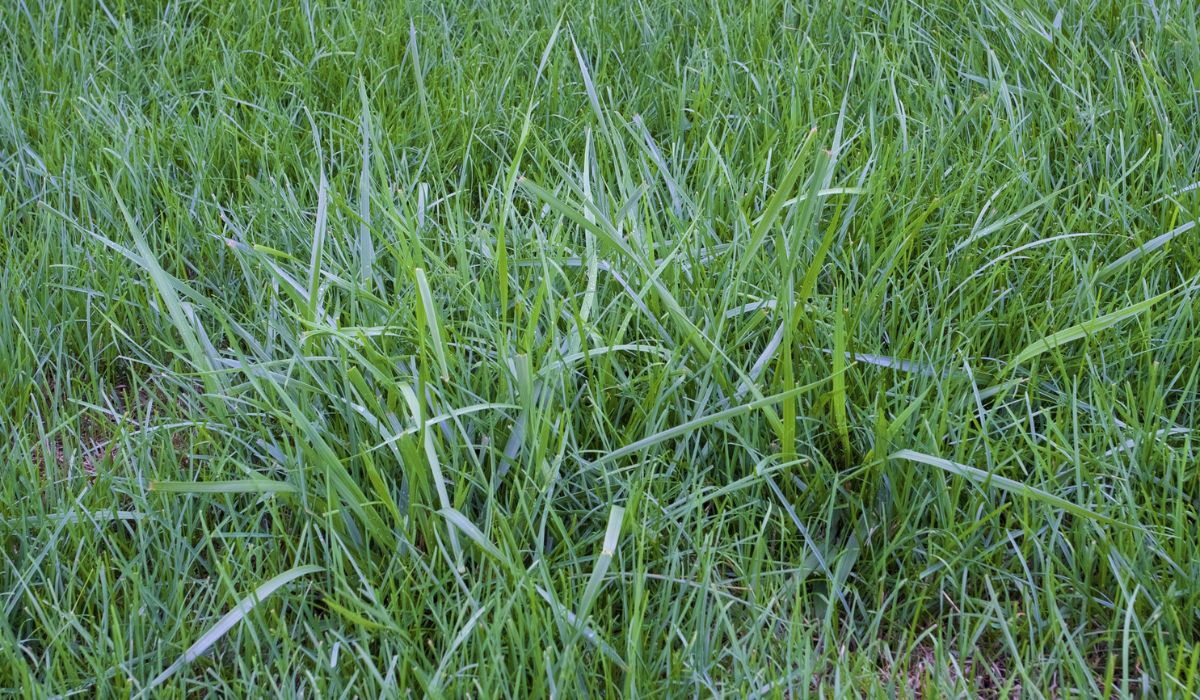
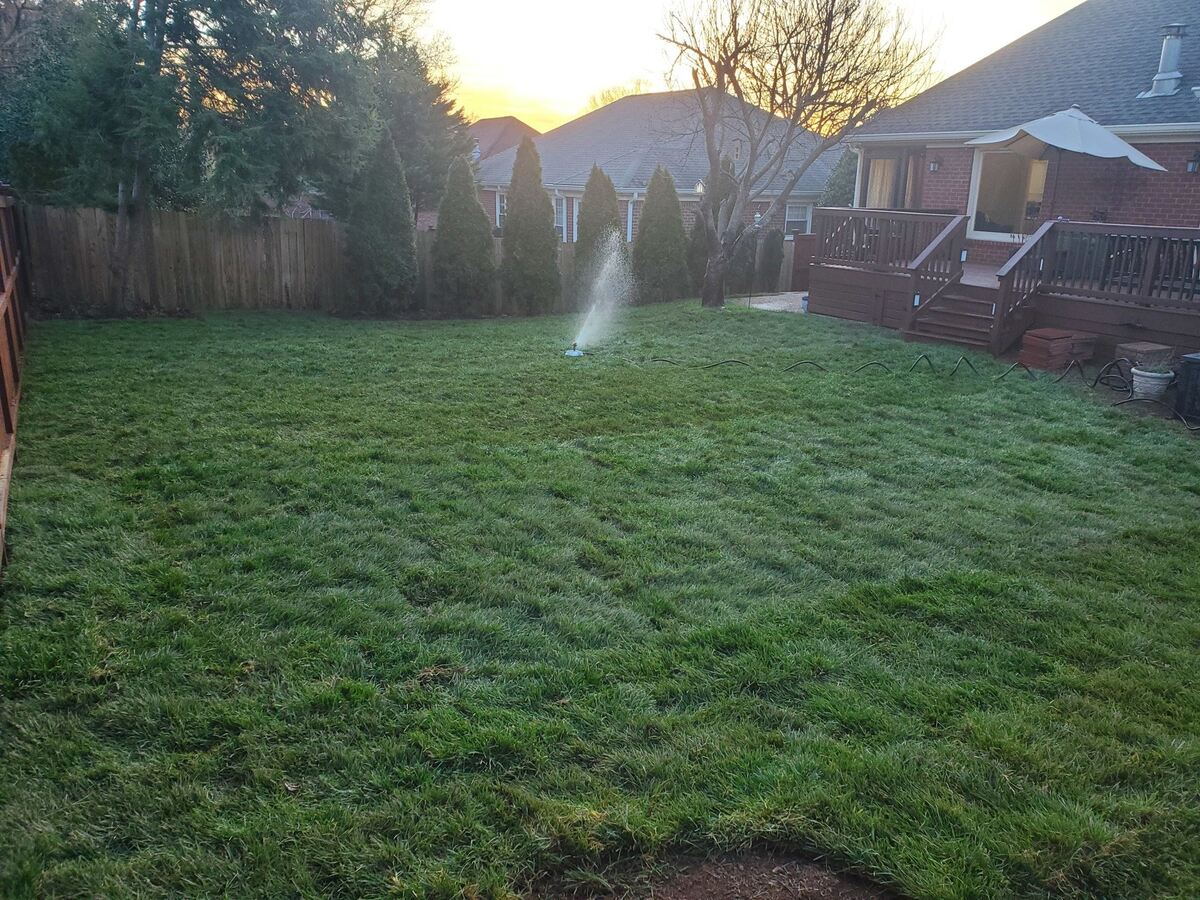
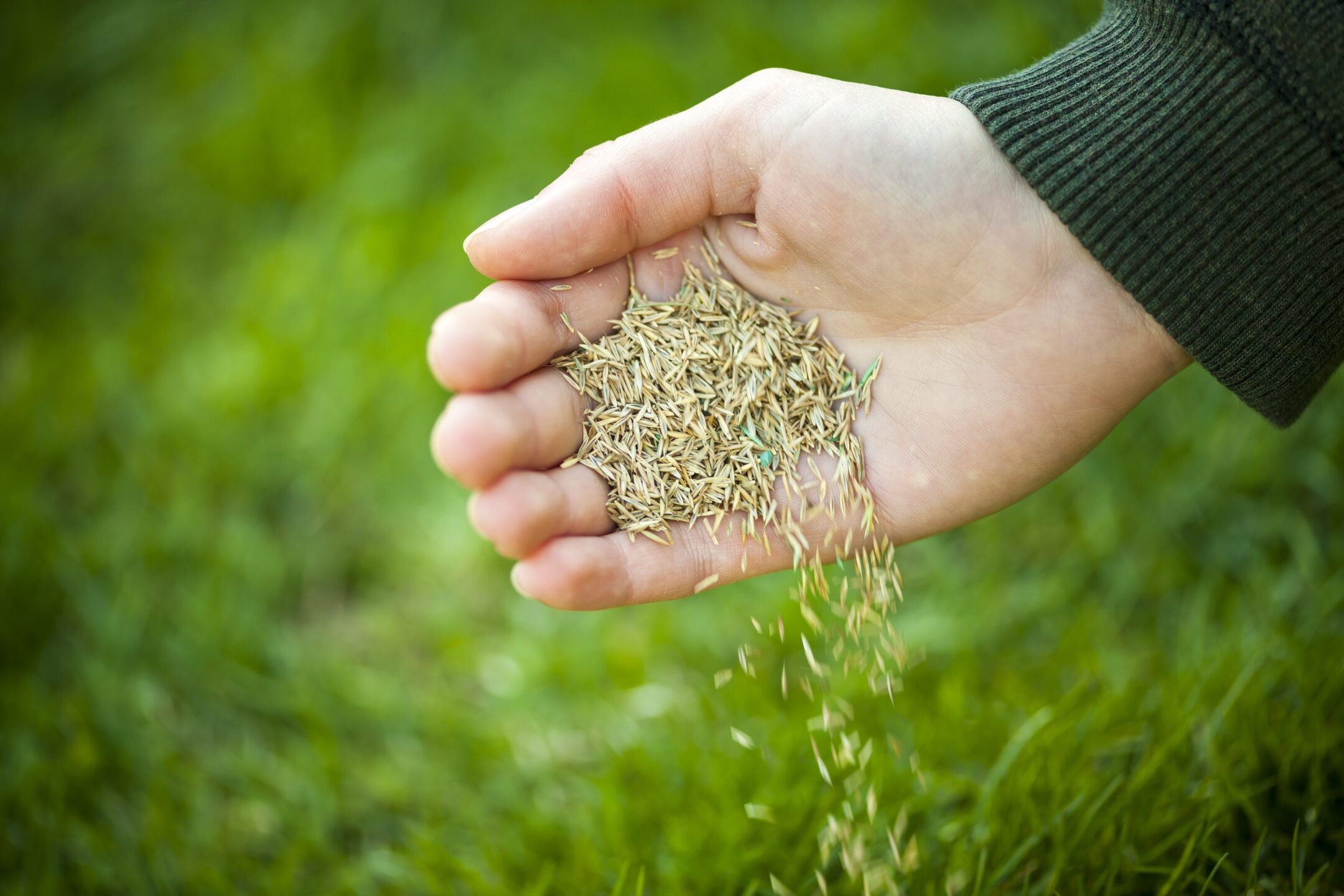

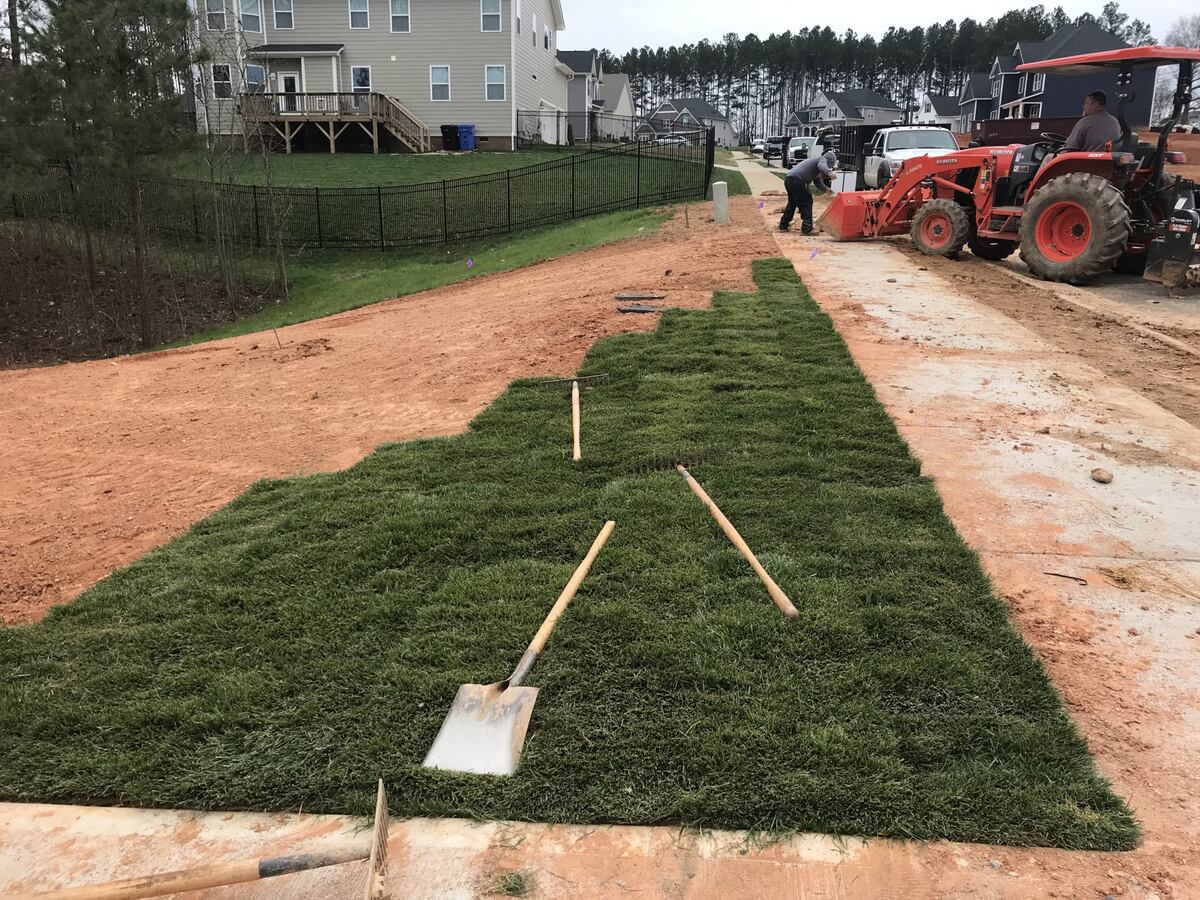
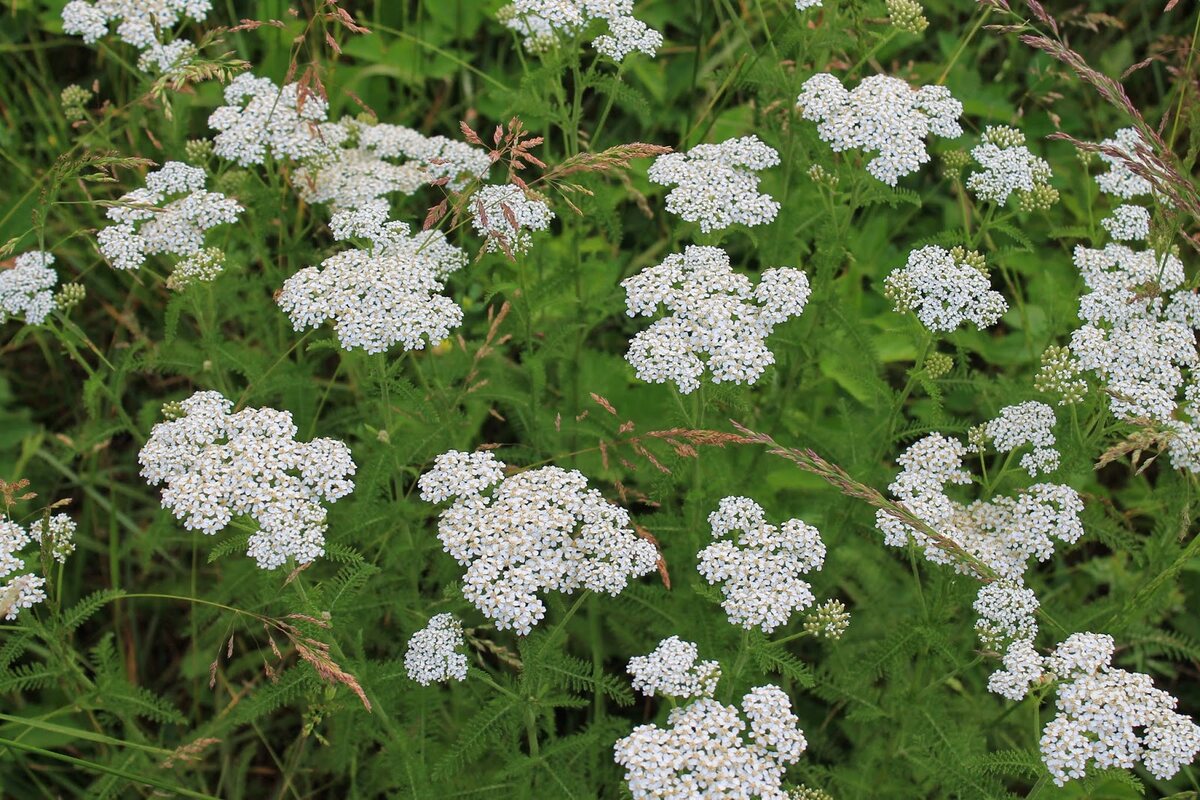
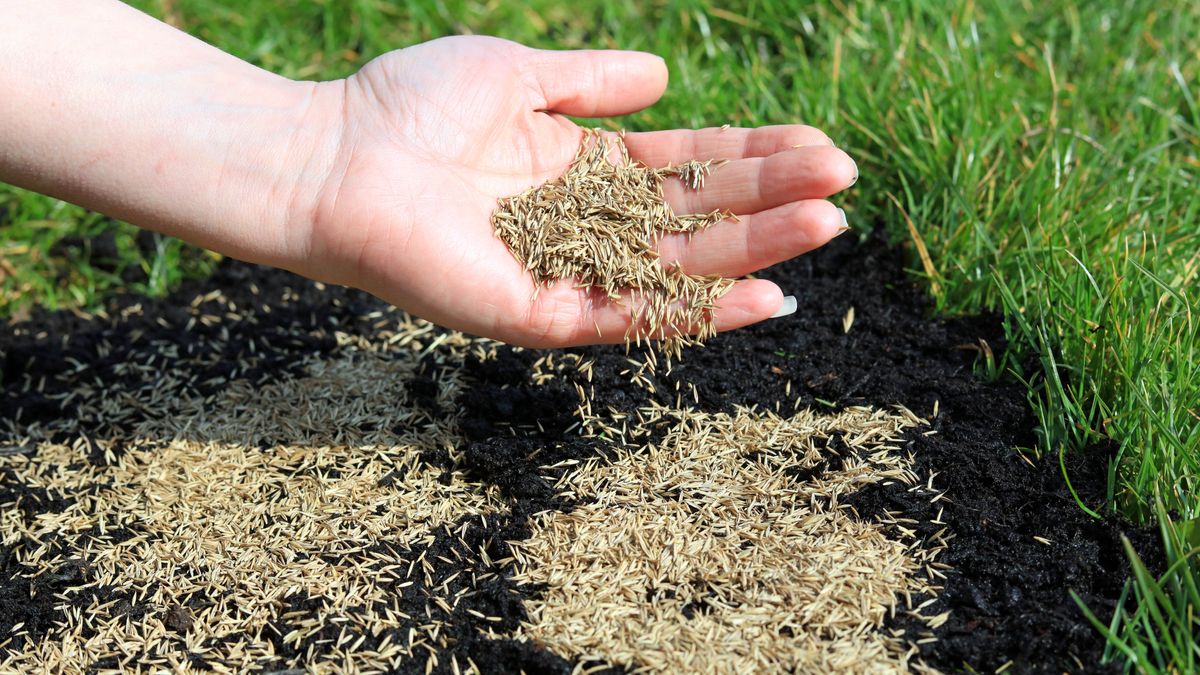

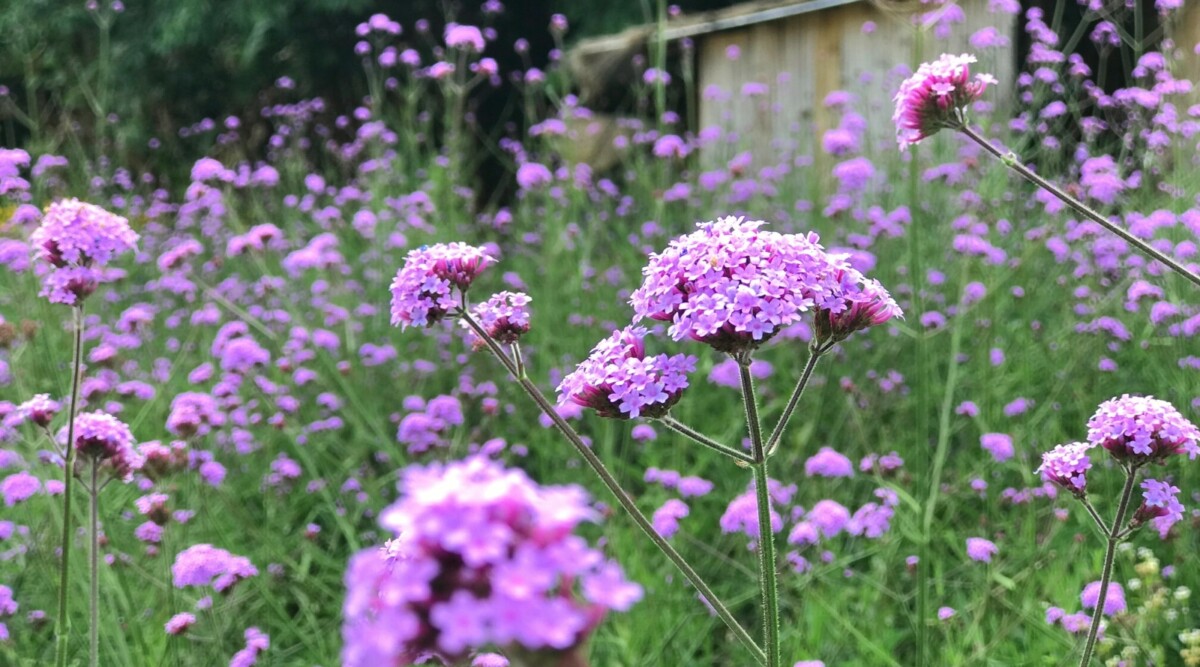
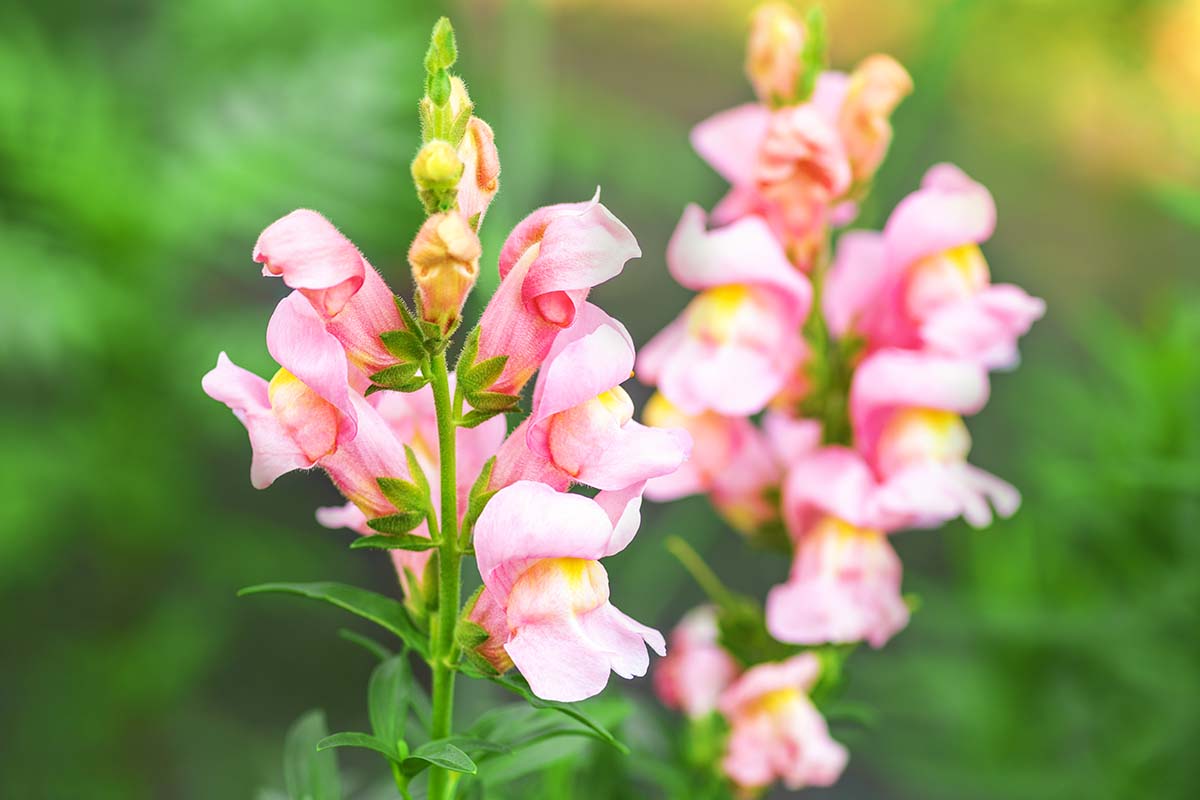
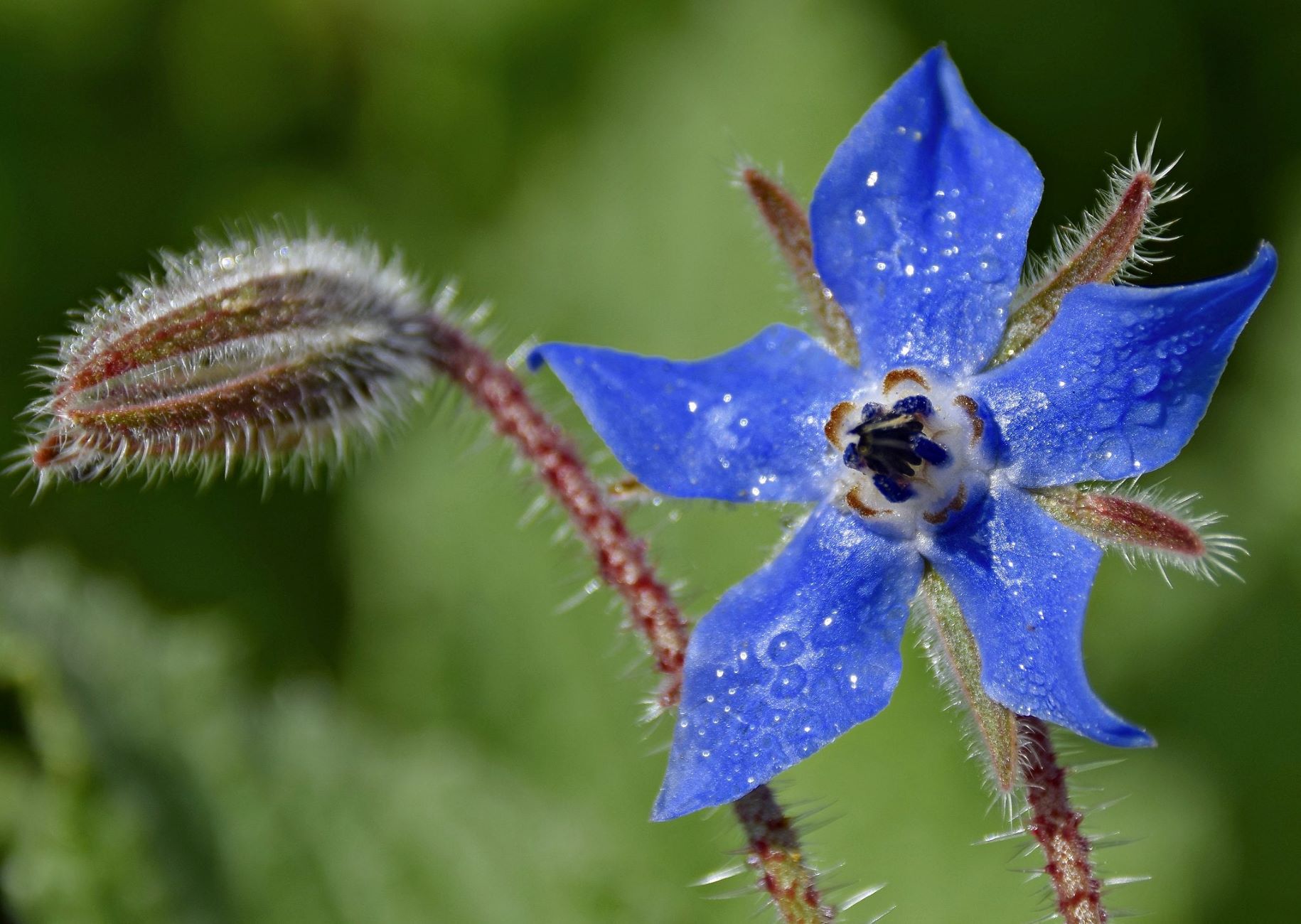
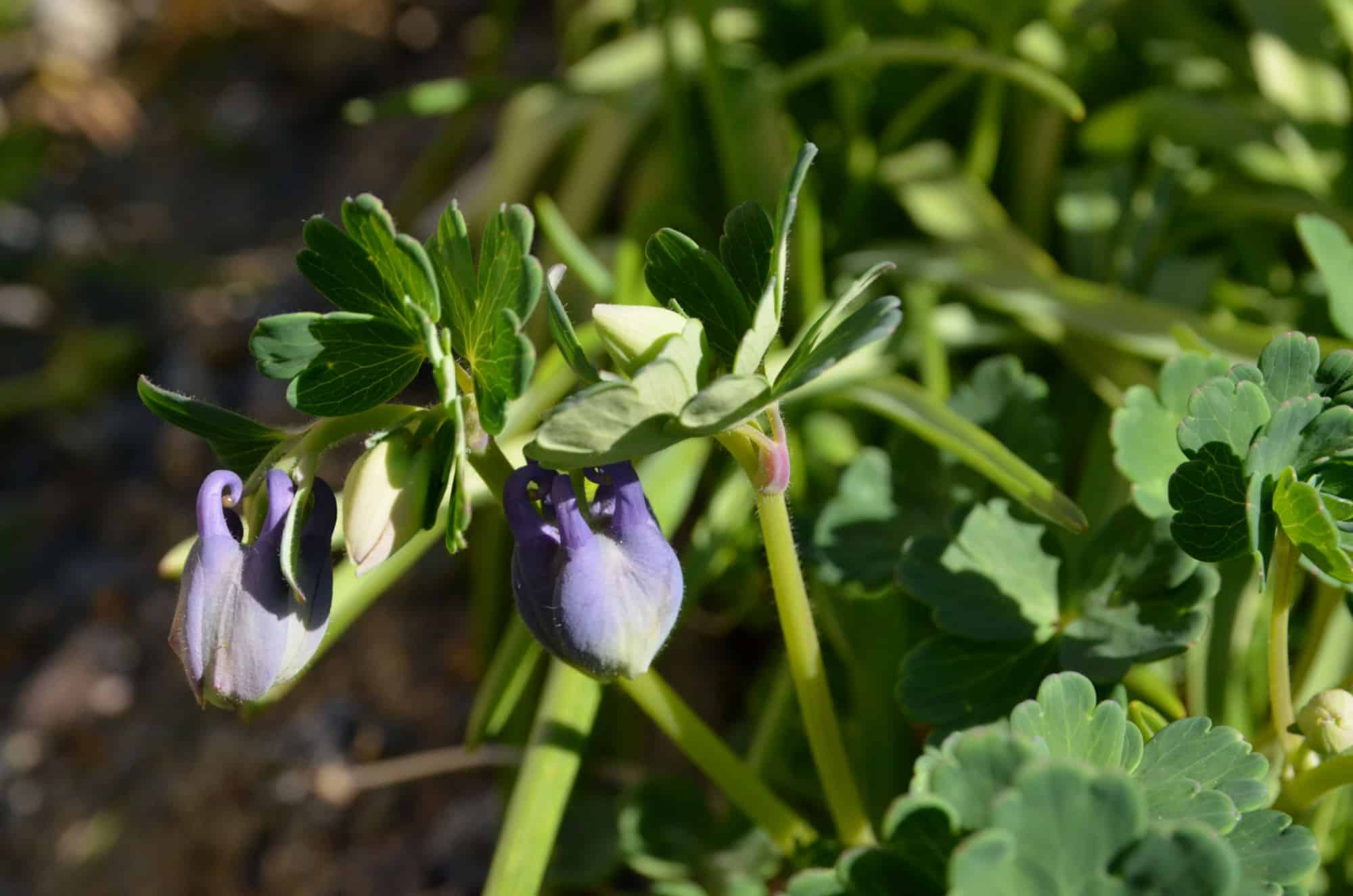
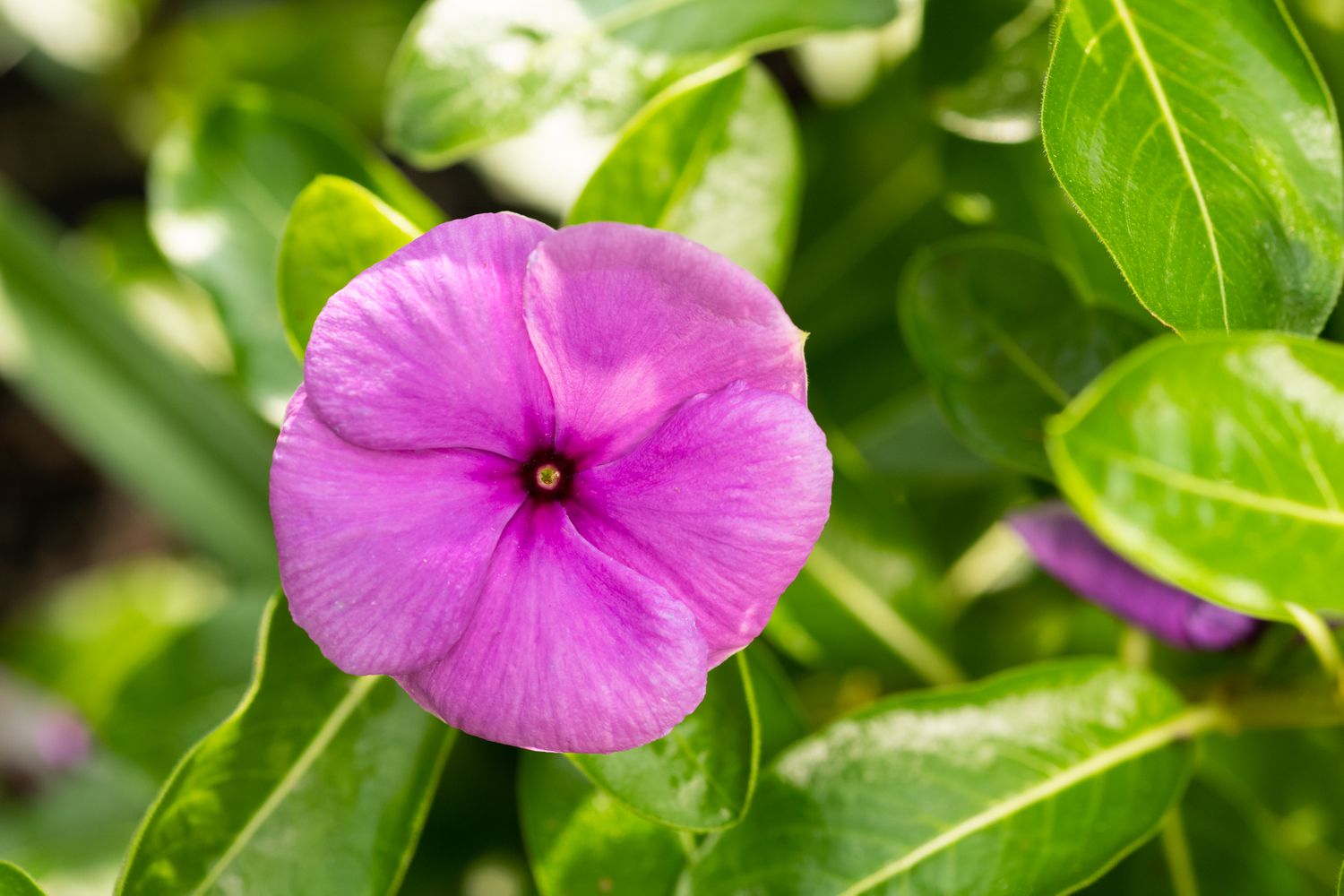
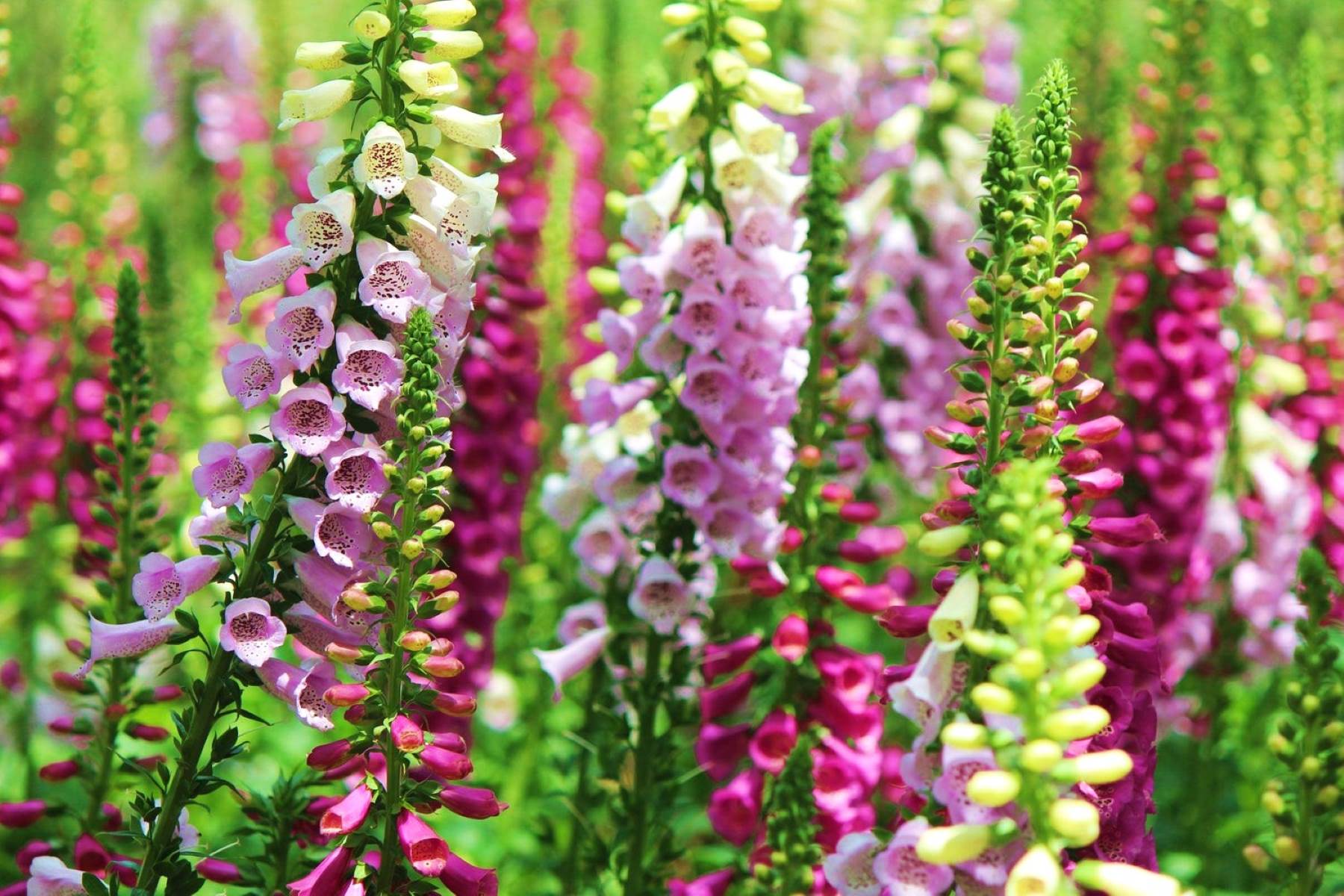

0 thoughts on “When To Plant Kentucky 31 Fescue Grass Seed”